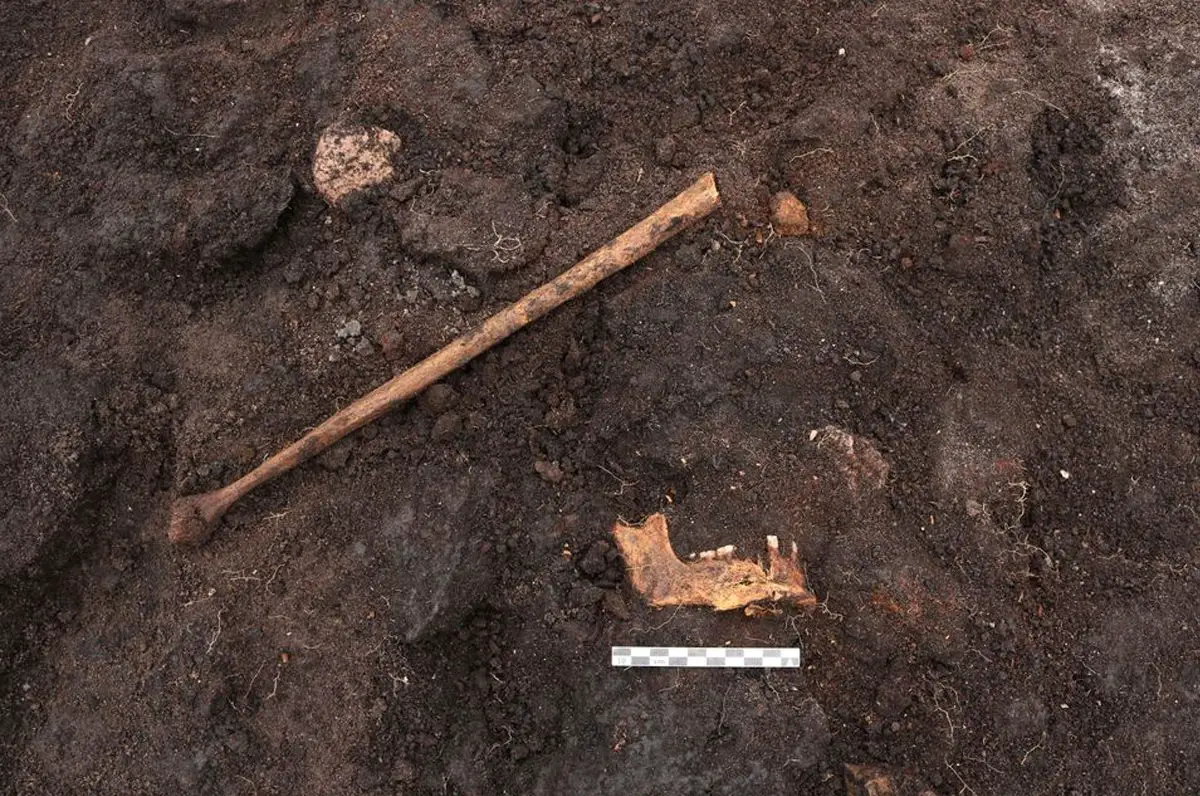Human remains found during excavations in Egedal, Denmark, may have been from a ritual sacrifice more than 5,000 years ago.
The remains were found by archaeologists from the museum group ROMU, during preliminary works for construction of a new housing development.
The site, which has since been drained was an ancient bog, where researchers found the leg bones, a pelvis, and part of a lower jaw with teeth still preserved buried in peat. This is due to the unique physical and biochemical composition which has highly acidic water, low temperature, and a lack of oxygen. Other parts of the body were also discovered but were located outside of the protective layer and are in a poor state of preservation.
Archaeologists also found remnants of a flint axe and animal bones near the remains, however, no physical evidence of human sacrifice has been found, for example in the form of injuries after an execution.
Despite this, ROMU archaeologist, Emil Struve Winther, said: “The find fits into a proven tradition of ritually burying both objects, people and animals in the bog. This has been widely done throughout ancient times, and this is most likely a victim of such a ritual. Previous finds show that it is an area where ritual activity has taken place.”
The overwhelming majority of bog bodies – including examples such as Tollund Man, Grauballe Man and Lindow Man – date to the Iron Age and have been found in northwest Europe, particularly Denmark, Germany, the Netherlands, Great Britain, Sweden, Poland, and Ireland.
Iron Age bog bodies typically show a number of similarities, such as violent deaths and a lack of clothing, which has led archaeologists to believe that they were killed and deposited in the bogs as a part of a widespread cultural tradition of human sacrifice or executed as criminals.
Header Image Credit : Lea Mohr Hansen, ROMU





